One of the common discussions I have with athletes is the difference between a “Heavy Single” and a “Max Out” day. On the surface, and for newer athletes, they seem very similar when in reality they should be approached in two completely different days. I am going to describe each as they relate to my programs (Individual Programs and the Butcher Barbell Team program), and then show where they may crossover.
HEAVY SINGLE
When I program a heavy single day for the Team, what I am usually looking for is a work up to a lift over 90% without any misses or severe breakdown in technique. For athletes who I am programming for individually, where I have more thorough knowledge of their numbers and know where they typically break down, I will give a specific number I want the athlete to either hit or exceed before stopping (unless a miss or breakdown in technique occurs). As simple as a statement as that is, it often needs further explaining- so to be specific, I program heavy singles when I do NOT want athletes to attempt new PRs (though if a PR is made I am not upset). I simply want an athlete to work up through a series of increasing weights without misses (pressouts and technique breakdowns count as a miss in this regard), increasing weight with each make. Heavy single days help athletes to learn their stopping point. They should know by how a weight feels that if they add more to the bar they will likely miss, and it is time to move on to the next exercise.
Heavy single days provide a variety of benefits in training. In addition to what I mentioned above about learning the athletes stopping point, when heavy single days are used repeatedly in a cycle athletes begin to become comfortable and consistent working up to and over 90% without misses. If done well, this should lead to “No Miss” sessions which are a great mental boost for athletes, especially athletes who have spent a long time using only Max Out days and are used to multiple misses in a training session. No miss sessions lead to consistency, and as any great weightlifter will tell you, winning meets is about consistency. A coach once said to me early in my career that it is difficult to beat someone who goes 6/6.
MAX OUT
Max out days are tests. I compare them often to brawls- anything goes, we can miss multiple attempts at the same weight, we can walk the bar to the edge of the platform and the most common cue you will hear after a lift is “add a kilo”. This is the day we coordinate to train with the most friends at the busiest times, stack up 2-3 deep on a platform and trash talk like Conor McGregor. Heavy Metal is coming through the speakers, coach is shouting and perfecting his Coach Lean technique. It’s everyone’s favorite day.
BUT- The max out day is not EVERY DAY. Or every week. Or even every month for that matter. I am careful when I program Max Out days, because I know the environment that it generates and the environment it requires. I am also wary of maxing out an athlete too close or too far from competition. Some athletes, particularly athletes that are transitioning from CrossFit to Weightlifting, have done better when I allow them to max out within 2 weeks of a competition. Others, will have their last TRUE max out day about 3-4 weeks out from competition, and then using Heavy Single days as they get closer to focus on consistently hitting Openers and Second Attempt weights.
A perfect day for me, as a coach, is when I have an athlete max and it looks like a heavy single day. All the lifts look the same, there are no misses or major technique breakdowns, and a new PR is made. It is a rare occurrence but one I strive for with programming and hands on coaching of athletes.
-Stephen Butcher
Sign up for the Train Heroic Team Here

